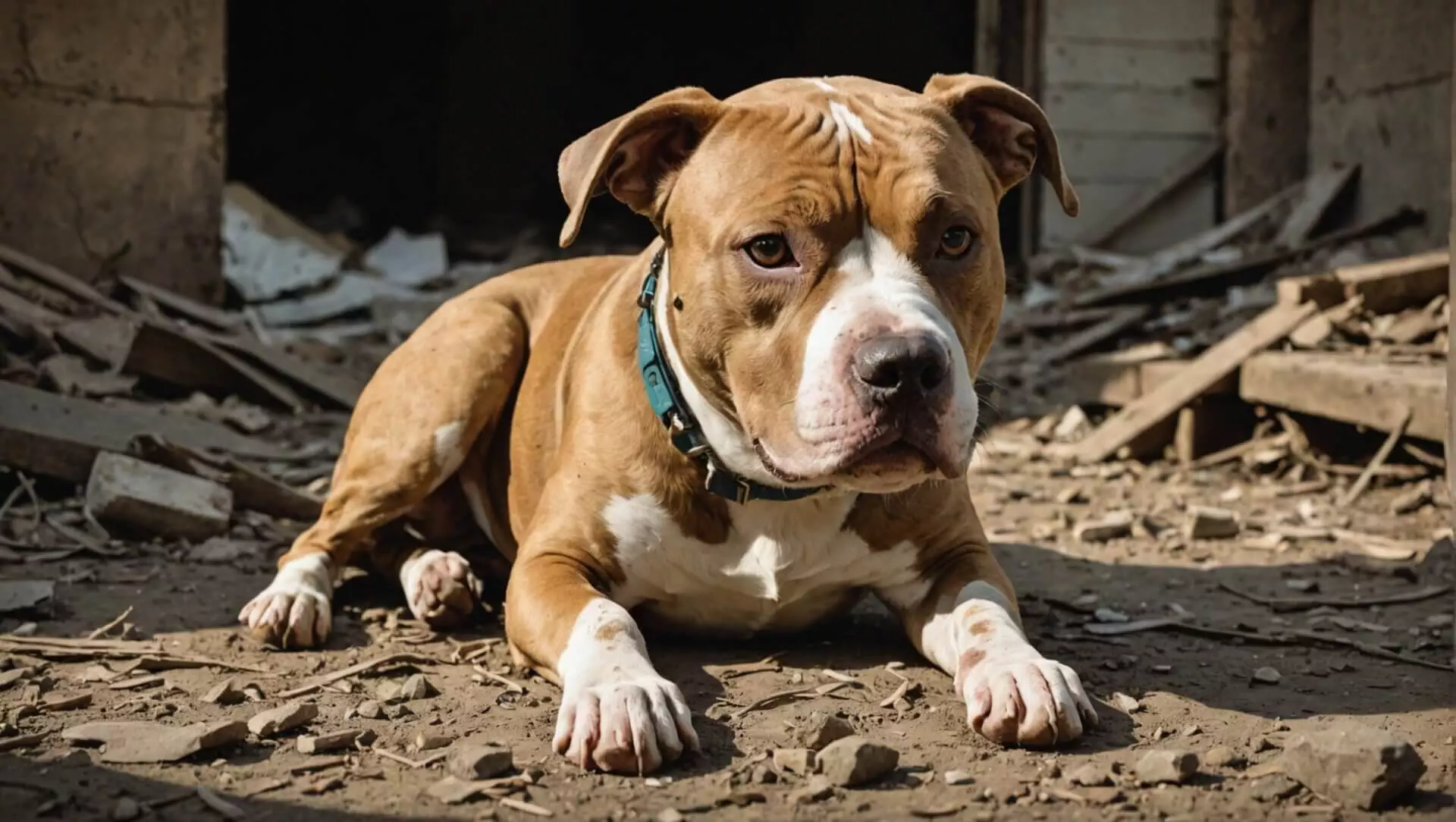In the dark world of dog fighting, bait dogs represent one of the most heartbreaking realities, often serving as living targets for aggressive breeds. Understanding the bait dog’s meaning is crucial, as these innocent animals endure unimaginable suffering, often without a voice to tell their story. This article explores the grim role of bait dogs in illegal dogfighting rings, shedding light on their treatment and the urgent need for awareness and action. These dogs are typically used to train fighting dogs, subjected to brutal treatment that leaves lasting physical and emotional scars. The haunting sounds of their distress often go unheard, with only the eerie dog lip smacking at night serving as a chilling reminder of their plight. Raising awareness about the existence of bait dogs is essential in the fight against this cruel practice, advocating for their rescue and the prevention of further abuse.
Ignoring the plight of bait dogs can perpetuate this cruel cycle, allowing dogfighting to continue unchecked. In this comprehensive guide, we will define what bait dogs are, identify their common breeds and signs, and discuss the severe psychological and physical effects they face. We will highlight effective strategies for rescuing and rehabilitating these dogs, while emphasizing community efforts to combat dogfighting.
Join us as we uncover the truth about bait dogs and explore ways to create a safer world for all pets.

Understanding the Bait Dog Meaning in Dogfighting
Have you ever heard the term “bait dog” and wondered what it means? Let’s explore this sad but important topic together. We’ll learn what bait dogs are, why they’re used in dogfighting, and clear up some wrong ideas people have about them.
Defining a Bait Dog in Dog Fight Contexts
A bait dog is a dog used in illegal dogfighting rings as a practice target for fighting dogs. These poor animals are usually defenseless and don’t fight back. They’re like living punching bags for the fighting dogs. It’s a very cruel practice that hurts innocent animals.
According to the ASPCA, bait dogs are often smaller or weaker dogs that can’t protect themselves. They might be stolen pets or dogs that people didn’t want anymore.
The Role of Bait Dogs in Illegal Dogfighting Rings
Bait dogs have a terrible job in dogfighting rings. They’re used to:
- Train fighting dogs to be aggressive
- Test how strong and mean a fighting dog is
- Get fighting dogs excited before an actual fight
This cruel treatment often leads to severe injuries or even death for the bait dogs. It’s part of the larger problem of dogfighting, which is illegal in most countries.
Did You Know? Dogfighting is a felony in all 50 states of the U.S. This means it’s a very serious crime with big punishments.
Common Misconceptions About Bait Dogs
There are some wrong ideas about bait dogs we should clear up:
- Myth: All bait dogs are pit bulls. Truth: Any breed can be used as a bait dog. Often, they’re smaller or weaker dogs.
- Myth: Bait dogs are always aggressive. Truth: Most bait dogs are actually scared and gentle. They’re victims, not fighters.
- Myth: Once a bait dog, always a bait dog. Truth: With love and care, many bait dogs can become happy pets. It takes time and patience, but it’s possible!
Bait dogs, often including breeds like the American Bulldog, are innocent victims of a cruel sport. By learning about them, we can help spread awareness and work towards ending dogfighting. Remember, if you ever suspect animal abuse, tell a trusted adult who can report it to the proper authorities.
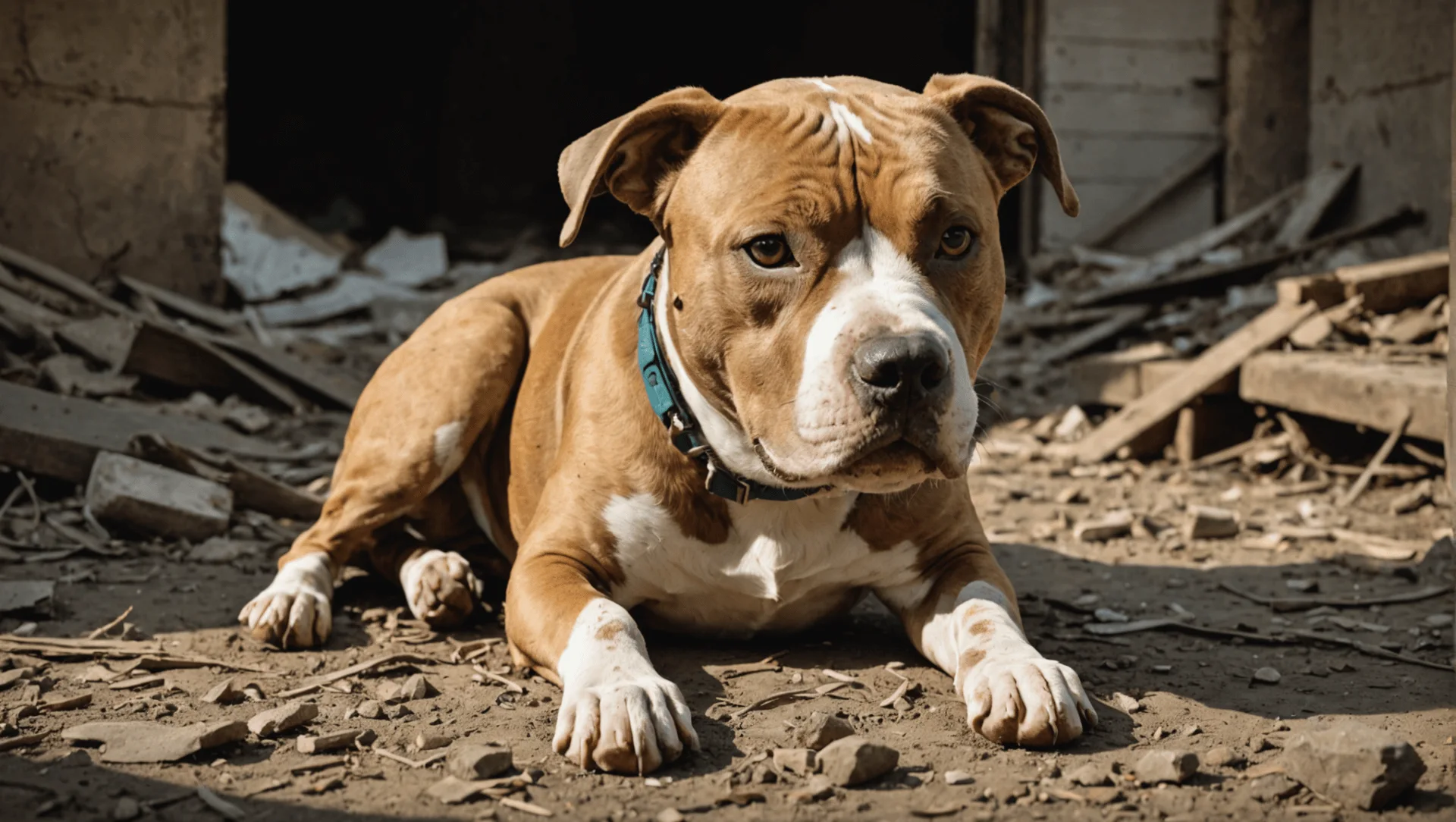
Identifying Bait Dogs: Breed Characteristics and Signs
Have you ever wondered how to spot a bait dog? Let’s learn about these poor pups and how we can help them.
Typical Bait Dog Breeds: Are Pit Bull Always Victims?
Many people think all bait dogs are pit bulls, but that’s not true. While pit bulls are often used in dogfighting, any breed can become a bait dog. Bait dogs are usually young, weak, or small dogs that can’t defend themselves well.
Did You Know? The American Society to prevent Cruelty to Animals (ASPCA) says pit bulls are common victims in dogfighting because people think they’re tough. Despite their reputation for being strong and resilient, pit bulls often endure unimaginable abuse at the hands of those who exploit them for illegal activities. This misconception about their temperament contributes to their unfair treatment and perpetuates harmful stereotypes about the breed. Just as with identifying coyote tracks vs dog tracks in nature, it’s important to look beyond superficial traits to truly understand these animals and advocate for their well-being.
Physical and Behavioral Indicators of a Bait Dog
How can you tell if a dog might be a bait dog? Look for these signs:
- Lots of scars or wounds, especially on the face, legs, and belly
- Terrified of people or other dogs
- Doesn’t know how to play or act like a normal dog
- Looks thin or unhealthy
Remember, just because a dog has scars doesn’t always mean it’s a bait dog. Some dogs get hurt in other ways, too.
Differentiating Between Bait Dogs and Other Abused Canines
It’s hard to tell bait dogs apart from other hurt dogs. Bait dogs often have injuries all over their bodies, not just in one spot. They might also act terrified around other dogs.
If you see a dog that looks hurt or scared, tell a grown-up right away. They can call animal control or a rescue group to help the dog.
Remember, it’s important to be kind to all animals. If you see someone being mean to a dog or any animal, tell a trusted adult. Together, we can help keep all dogs safe and happy!
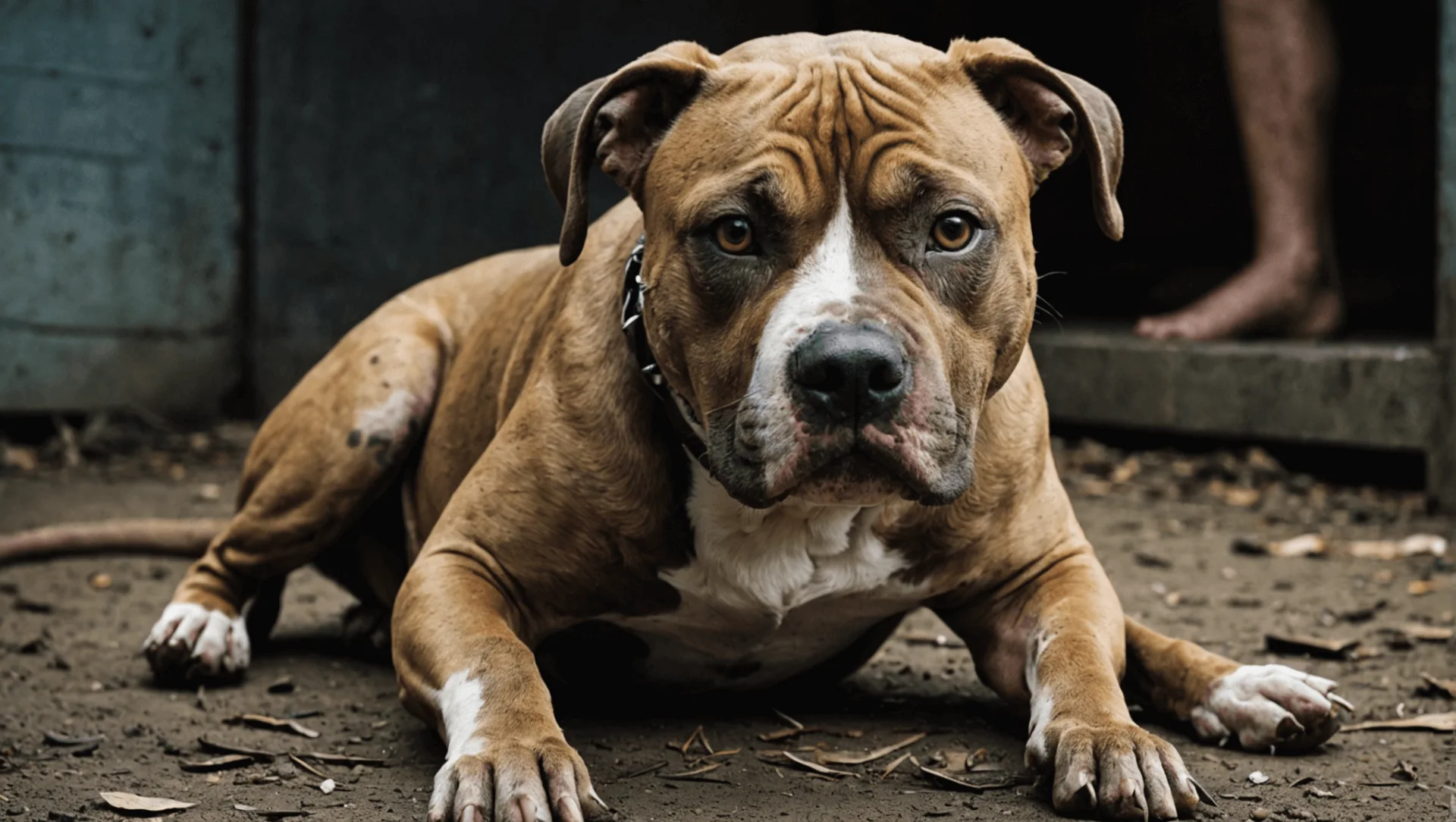
The Cruel Reality of Bait Dogs in Dogfighting Circles
Have you ever wondered about the sad truth behind dogfighting? It’s a cruel world where some dogs are used as “bait dogs” to train fighting dogs. Let’s learn about this tough topic and how it affects these innocent animals.
The Psychological Impact on Bait Dogs
Bait dogs go through really scary experiences. Imagine being tied up and not able to run away while another dog attacks you. This baits dogs. They feel terrified and sad all the time. These dogs often become very nervous around people and other animals. They might shake, hide, or even act aggressive because they’re so scared.
Did You Know? Bait dogs can have PTSD, just like humans who have been through very scary events.
Health Consequences for Bait Dogs in Fight Scenarios
Bait dogs get hurt badly in dogfights. They often have deep cuts, broken bones, and internal bleeding. These injuries can be very painful and sometimes even deadly. Even if they survive, bait dogs might have health problems for the rest of their lives. They might have trouble walking or need special care to get better.
Legal Implications of Using Bait Dogs in Dogfighting
Using bait dogs for dogfighting is against the law in all 50 states. It’s a very serious crime. People who do this can go to jail and pay big fines. The ASPCA works hard to stop dogfighting and help rescue bait dogs. Law enforcement officers are always trying to find and stop these illegal dogfighting rings.
Helping bait dogs is difficult, but there’s hope. Animal shelters and kind people work together to rescue these dogs and give them loving homes. By learning about this problem, we can all help make sure no more dogs have to suffer like this.
Remember, if you ever see or hear about dogfighting, tell a trusted adult right away. Together, we can help keep all dogs safe and happy!
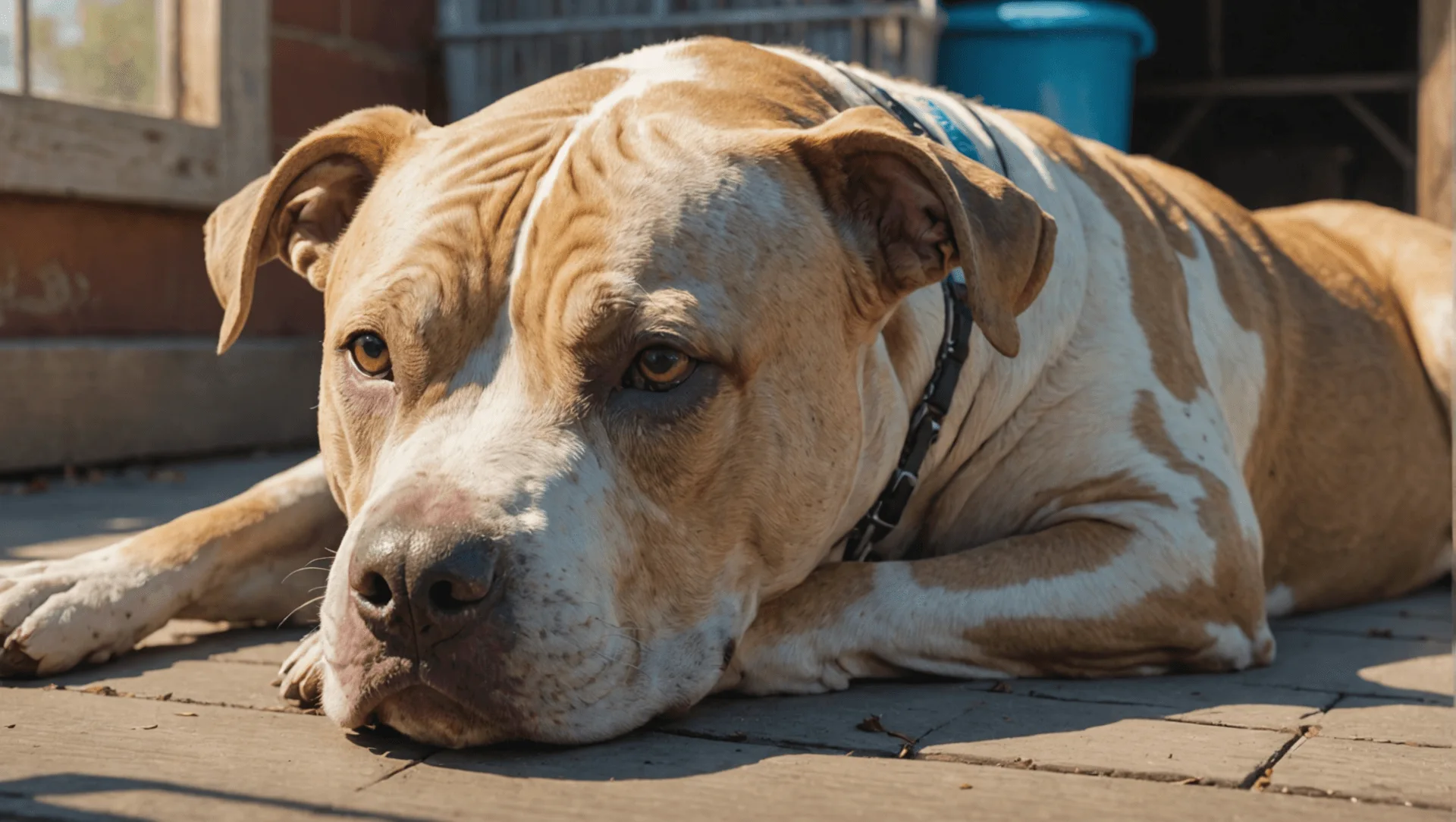
Rescuing and Rehabilitating Bait Dogs
Have you ever wondered what happens to dogs after they’re rescued from cruel dogfighting rings? Let’s explore how these brave pups get a second chance at a happy life!
Immediate Care for Rescued Bait Dogs
When bait dogs are first saved, they need a lot of help right away. These poor pups often have injuries and are terrified.
- Medical care: Vets check the dogs for wounds, broken bones, and other health problems. They give them medicine and bandage any cuts.
- Safe place to rest: The dogs get a quiet, comfy spot to relax and feel safe, maybe for the first time.
- Gentle attention: Kind people slowly help the dogs learn to trust humans again with soft voices and gentle pets.
Did You Know? The ASPCA says that with proper care, many former bait dogs can become loving pets!
Long-term Rehabilitation Strategies for Former Bait Dogs
Helping bait dogs heal takes time and patience. Here’s how rescuers help them in the long run:
- Behavior training: Dogs learn basic commands and how to be calm around people and other animals.
- Socialization: They slowly meet friendly dogs and people to build confidence.
- Play and exercise: Fun activities help dogs be happy and healthy.
- Lots of love: Constant affection shows these dogs that they’re safe and cared for.
Success Stories: From Bait Dog to Beloved Pet
Many bait dogs live amazing lives after they’re rescued. Here are some heartwarming examples:
- Buddy: Once a scared bait dog, Buddy now helps kids learn to read at the local library.
- Rosie: This former bait dog became a therapy dog, visiting hospitals to cheer up patients.
- Max: After being rescued, Max found a loving family and even won a “Best Cuddler” contest at a local dog show!
These stories show that with love and care, bait dogs can overcome their tough past and become wonderful pets.
Remember, if you ever suspect animal abuse, tell a trusted adult who can contact the proper authorities. Every dog deserves a safe and happy life!
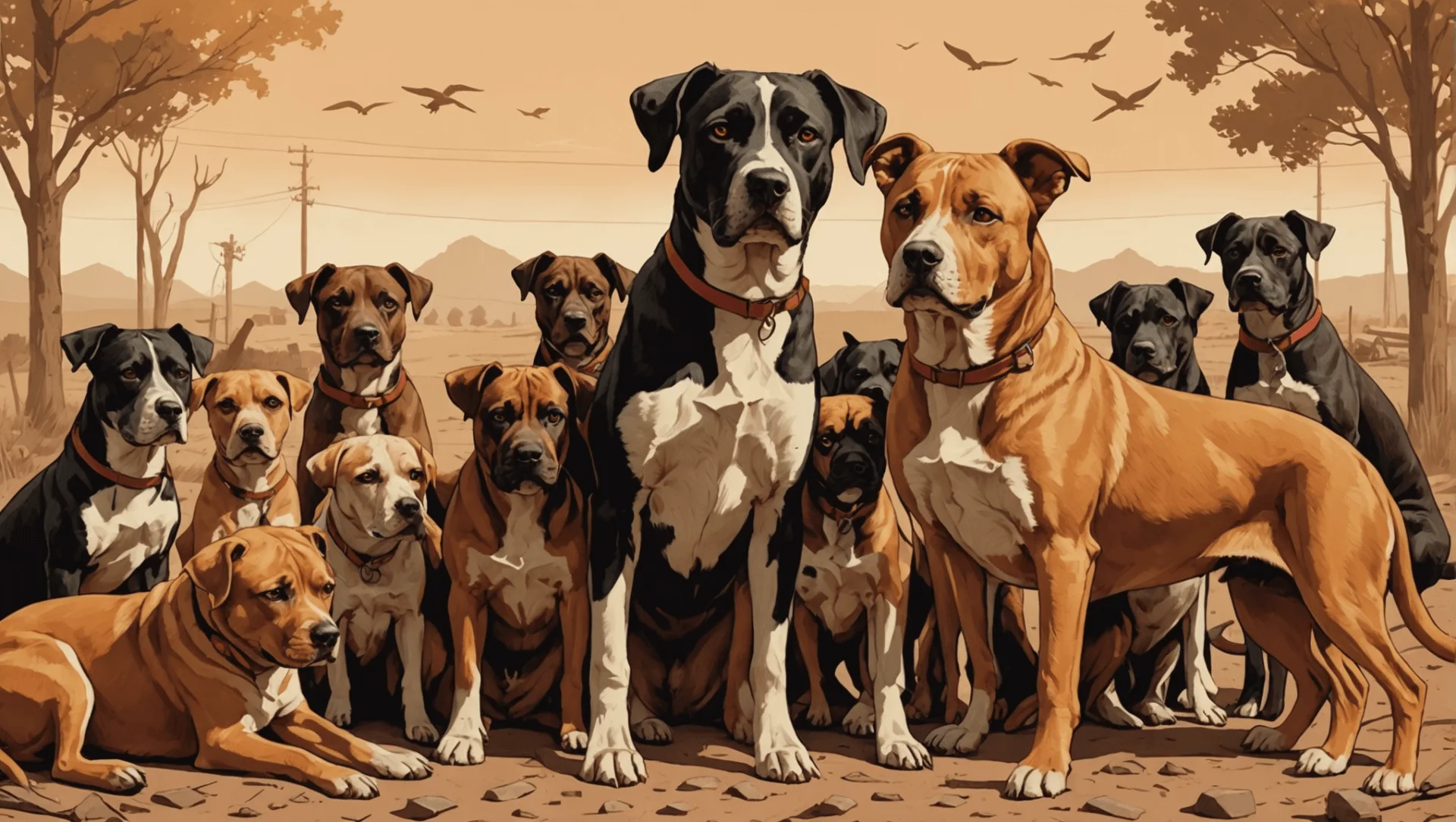
Combating the Use of Bait Dogs in Dogfighting
Let’s talk about something really important – how we can stop the cruel practice of using bait dogs in dogfighting. It’s a tough topic, but by learning about it, we can help make a difference for these innocent animals.
Legislative Efforts to Protect Potential Bait Dogs
Did you know that all 50 states in the U.S. have made dogfighting illegal? That’s right! Lawmakers have worked hard to create laws that punish people who take part in this cruel activity. These laws help protect dogs from being used as bait dogs or fighting dogs.
Did You Know? In many states, even watching a dogfight is now considered a felony offense!
Community Awareness and Education on Bait Dog Issues
One of the best ways to stop dogfighting is by teaching people about it. When more people know what’s happening, they can help stop it. Schools, animal shelters, and community groups often hold events to teach people about the dangers of dogfighting and how to spot signs of it in their neighborhood.
Reporting Suspected Bait Dog Cases: What to Look For
You can be a hero for dogs by knowing what to look out for! Here are some signs that might mean a dog is being used for fighting:
- Dogs with lots of scars or wounds
- Chained up dogs that look scared or aggressive
- Places where you hear a lot of dogs’ fighting noises
If you see any of these signs, tell a trusted adult right away. They can contact the police or animal control to help.
The Role of Animal Welfare Organizations in Combatting Dogfighting
Animal welfare groups like the Humane Society of the United States work really hard to stop dogfighting. They help rescue bait dogs and fighting dogs, give them medical care, and find them loving homes. These organizations also work with law enforcement to investigate and stop dogfighting rings.
How You Can Help: Volunteering and Supporting Rescue Efforts
You’re never too young to make a difference! Here are some ways you can help:
- Spread awareness by talking to your friends and family about bait dogs and dogfighting.
- Make posters for your school or community center about animal welfare.
- Ask your parents if you can volunteer at a local animal shelter.
- Raise money for animal rescue organizations by having a bake sale or lemonade stand.
Remember, every little help. By working together, we can protect dogs and put an end to the cruel practice of using bait dogs in dogfighting.
By learning about this issue and taking action, you’re helping to create a world where all dogs are safe and loved. Keep up the great work! As more people become aware of the importance of responsible pet ownership, the impact of our collective efforts will only grow. Whether it’s educating others about the proper care and treatment of dogs, lobbying for stricter animal cruelty laws, or mastering dog training techniques, every small action adds up to make a big difference in the lives of our furry friends. Thank you for being a part of this important movement and for your dedication to creating a better world for dogs everywhere. Keep up the great work!
Conclusion
In understanding the bait dog meaning, we learn that these innocent animals are often used as targets in illegal dogfighting rings, facing severe physical and emotional harm. It’s crucial to recognize the signs of bait dogs, including specific breed characteristics and behavioral indicators, to help combat the cruel practices associated with dogfighting. Raising awareness in our communities about the realities of bait dogs can foster support for rescue efforts and legislative changes that protect these vulnerable animals.
As we move forward, consider how you can take part in creating a safer environment for all pets. Together, we can work to end the violence and abuse associated with dog fighting and ensure a brighter future for every dog, including those like the American Pit Bull Terrier.

